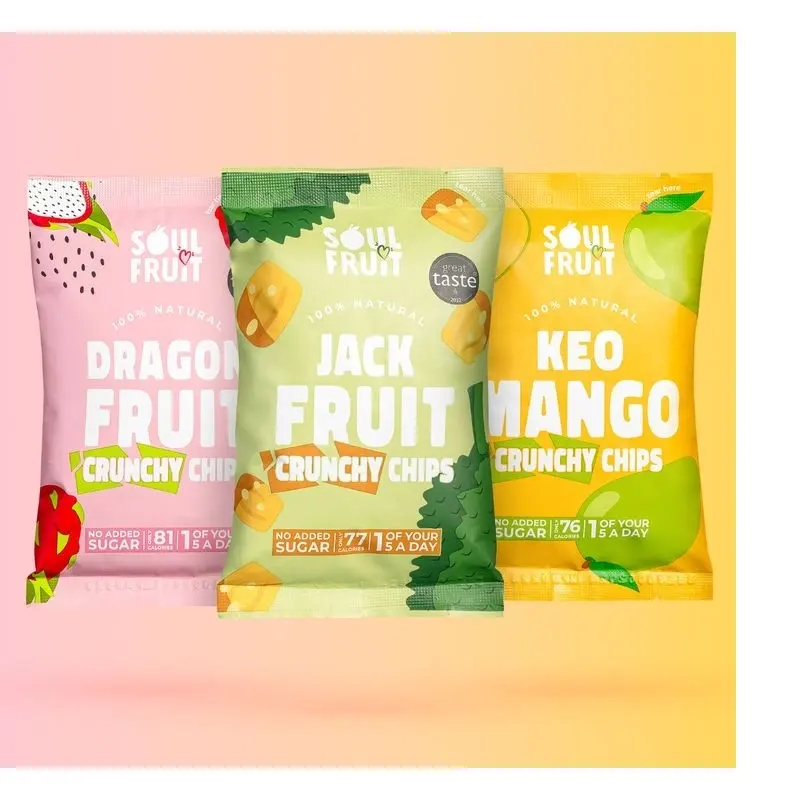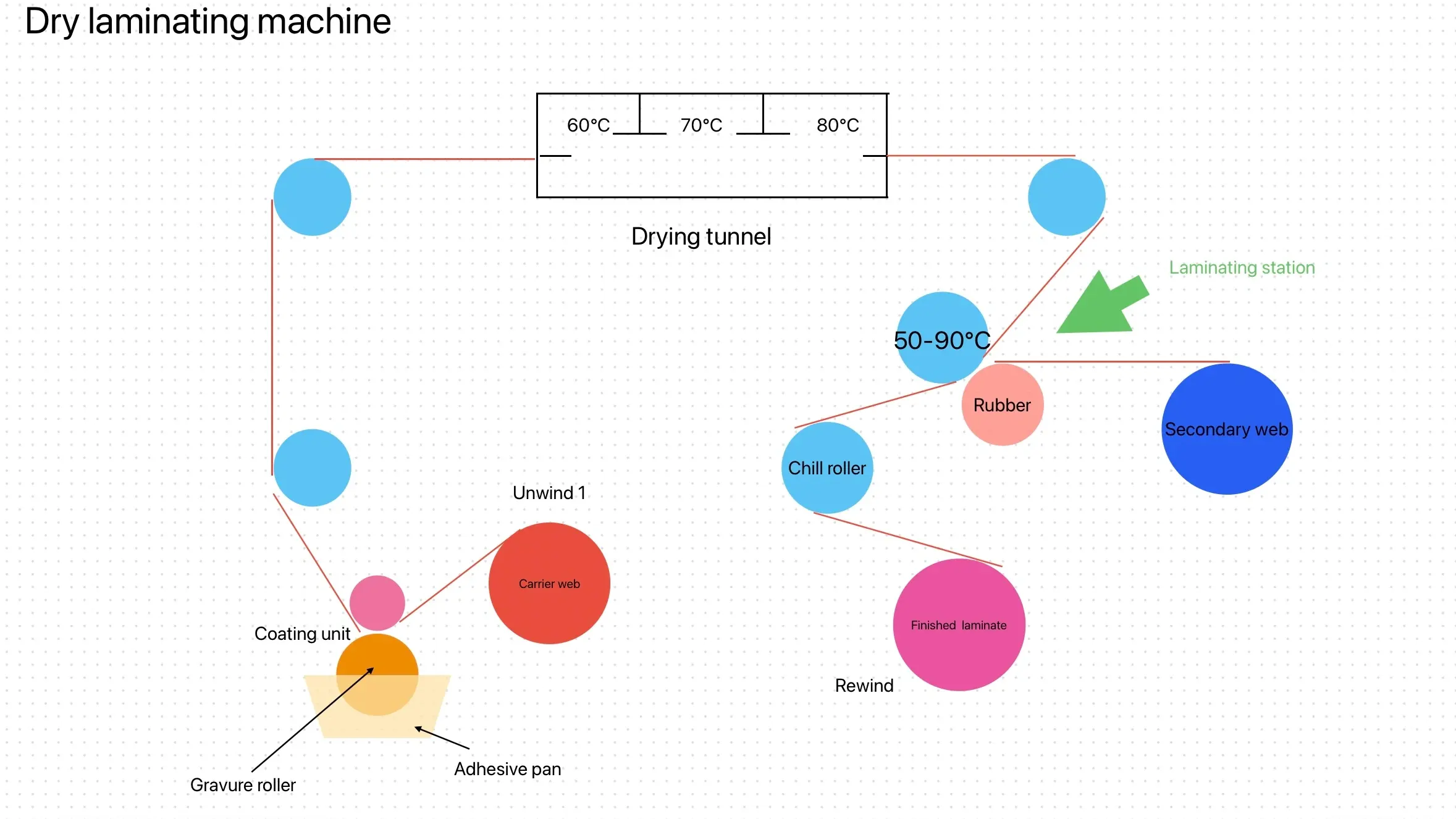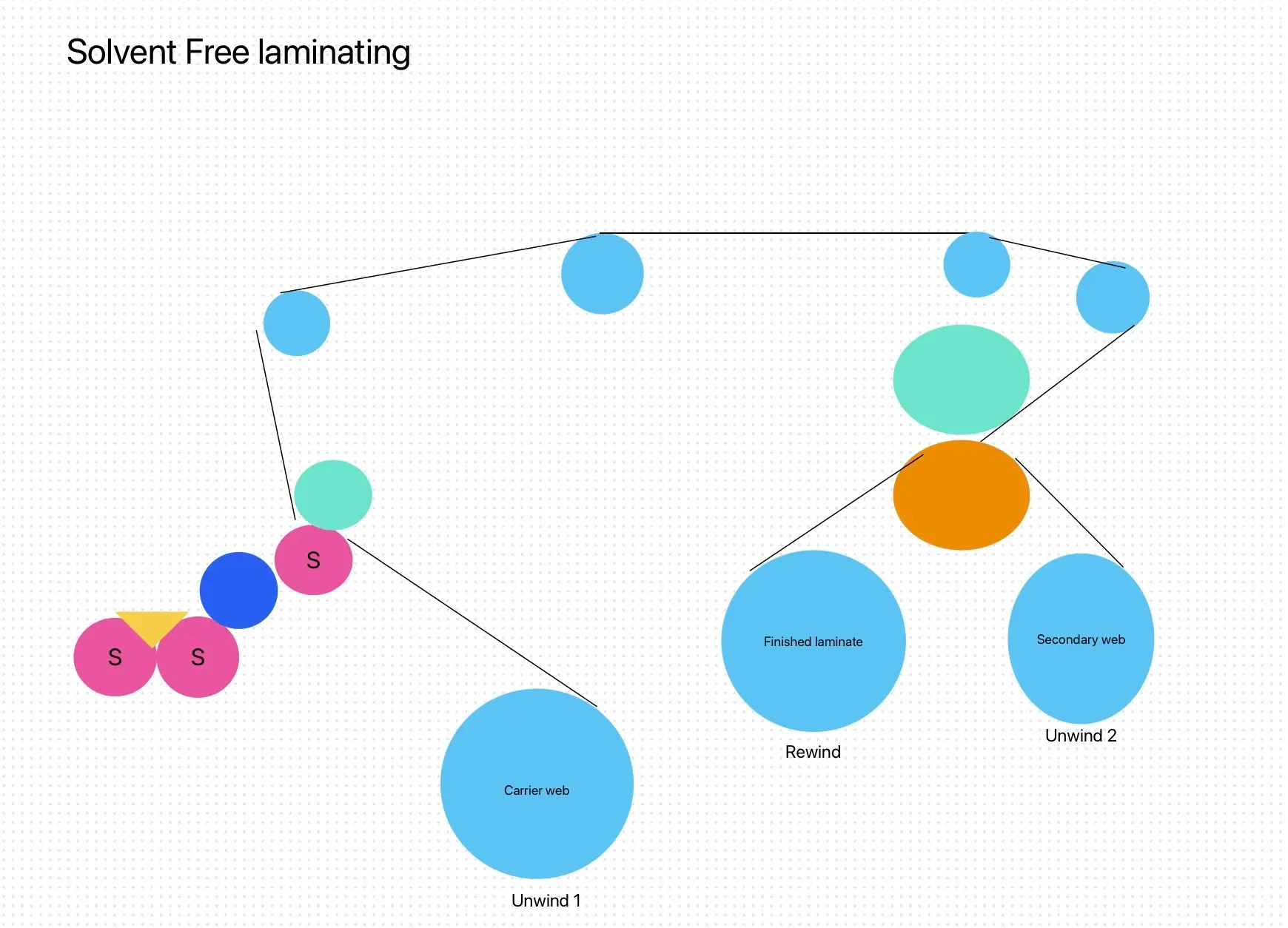Some of the differences in environmental impact between flexible packaging and other packaging are obvious, but others are less obvious:
1. Flexible packaging offers more advantages during the manufacturing process because it is typically shipped in flat sheets or rolls, rather than fully formed and empty like bottles or cans. This means 15-25 fewer trucks can be used to transport the same amount of packaging!
2. The shipping advantage continues throughout the distribution process because flexible packaging is not only lighter, but also takes up much less storage space due to its high “product-to-packaging ratio”, making it a poor alternative to most packaging.
3. The manufacturing process for glass, rigid plastics, and aluminum requires a lot of heat, which results in a lot of fossil fuel consumption and water consumption, which in turn results in more greenhouse gas emissions.
4. Although some materials, such as glass and steel, have higher recycling rates than flexible packaging, they are very bulky, so they still cause more packaging materials to be sent to landfills than flexible packaging.

The following information further explains the advantages of choosing flexible packaging:
1. Use less raw materials and be more sustainable. Switching from rigid packaging to flexible packaging can save up to 70% of plastic.
2. Optimize transportation and space due to light weight. The weight of various flexible packaging products can be reduced by 50%, thereby reducing product transportation costs.
3. Package a large amount of products with as little packaging material as possible. For example, a 1.5-pound flexible package can package the same amount of beverages or liquid foods as a 50-pound glass package.
4. Extend the shelf life of products and keep goods fresh. For example, the shelf life of cucumbers packaged in flexible packaging is extended from 3 days to 14 days; bananas packaged in flexible packaging have a slow ripening process and the shelf life can be extended to 35 days
5. Less waste is generated due to the high product-to-packaging ratio. It takes 75% less energy to produce a flexible food bag than a metal can at the same volume.
6. Requires less water and energy during manufacturing and transportation, thus generating less greenhouse gas on the way to market
7. Includes multiple closure and dispensing options for opening and resealing
8. Offers attractive designs with multiple customization options
Flexible packaging is at the forefront of packaging trends, relating to all aspects of the product, such as design and performance, protection, consumer convenience and sustainability. As a result, the environment, consumers and businesses all benefit.




